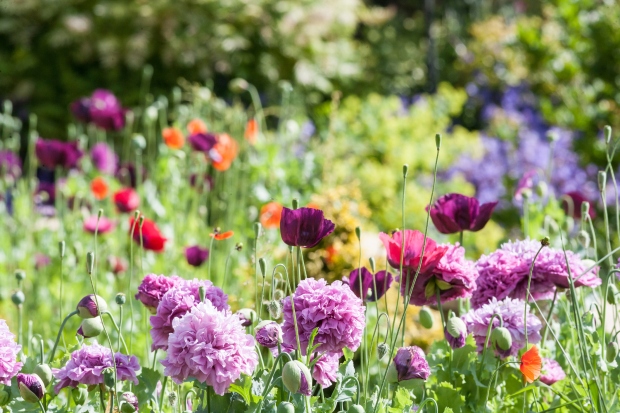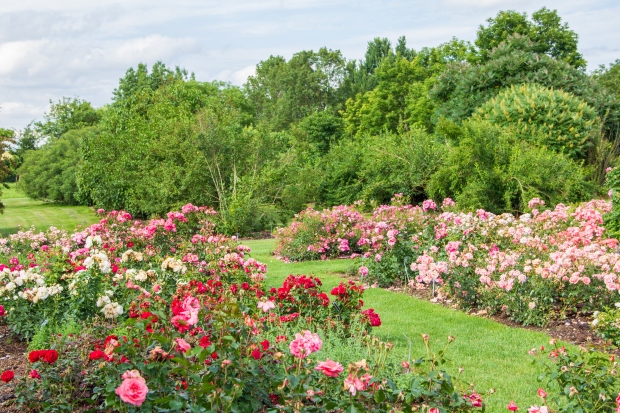Planting Your Cut-Flower Garden
For many gardeners, the biggest challenge with a cut-flower garden is starting it on the right foot. Without the proper foundation, your flower garden will quickly turn into a weed fest that leaves you discouraged. So, before you start planting, make sure you have a plan in place to keep things under control. Here’s how to get those seeds in the ground the right way.
1. Think Through Plant Height and Harvesting Time
Prior to planting, map out where you want each variety to go. Think carefully about the overall arrangement. Some gardeners try to keep plants that will be harvested around the same time together for easier access, while others prefer to intersperse them to avoid “dead patches” without blooms in the garden.

Another consideration? Plant height. You don’t want a crop of tall sunflowers to shade out your snapdragons before they can bloom.
2. Prepare the Garden Site
Like any garden crop, cut flowers require nutrient-rich soil to thrive. Consider doing a soil test the season before planting so you know what amendments to add. Most varieties will thrive with several inches of compost or aged manure added to the soil.
Then, in the weeks before planting, till or hand-weed the garden bed to remove any weeds that could compete with the flower seeds.

3. Establish a Watering System
Without consistent watering, your flower garden will fade fast, leaving you with barely a bloom for your bouquets. You’ll want to have a watering plan set up before the first seeds are in the ground. Depending on your garden size, this can range from an overhead sprinkling system to drip irrigation or even some conveniently located watering cans.
4. Sow Seeds According to Package Instructions
There are a variety of ways to plant flower seeds. Some need to be buried at least a centimeter into the ground, while others require sunlight to germinate and must be surface-sown.
Still others require several weeks of chilly temperatures to mimic winter conditions in a process known as cold stratification. For best results, make sure you understand what each variety requires before stating.

5. Have a Planting Schedule
Some flower varieties will bloom throughout the summer, while others have a single flowering session. If you want consistent cut flowers, you may need to plant several successions of flowers for one-and-done varieties. Stagger your plantings every two weeks from the start of the last spring frost through the beginning of fall.
6. Put Down Mulch
Mulch is a wonder product for gardens. Not only does it keep weed seeds from sprouting, but it helps retain soil moisture so delicate plants won’t dry up. Consider using a lightweight mulch like shredded leaves or straw so tiny seedlings can sprout through it.
